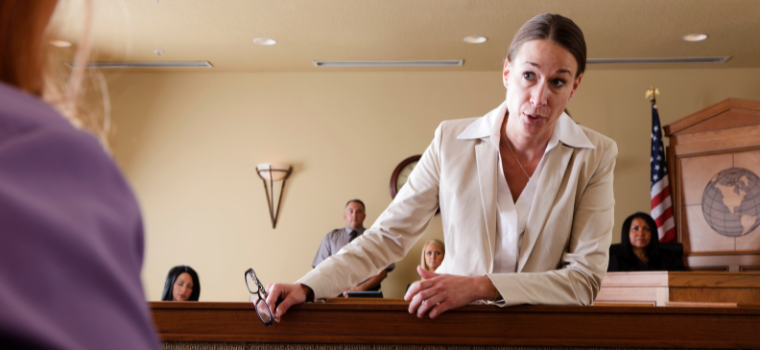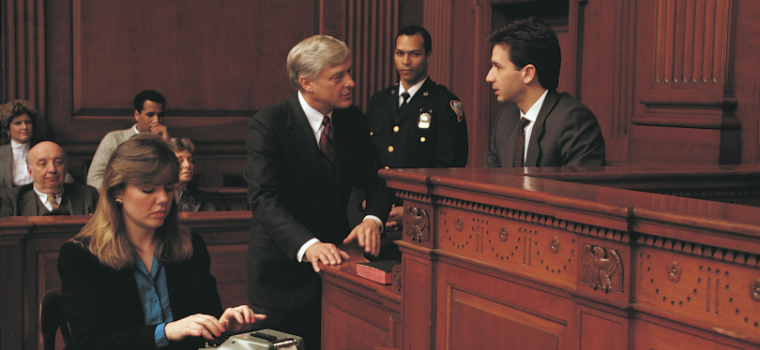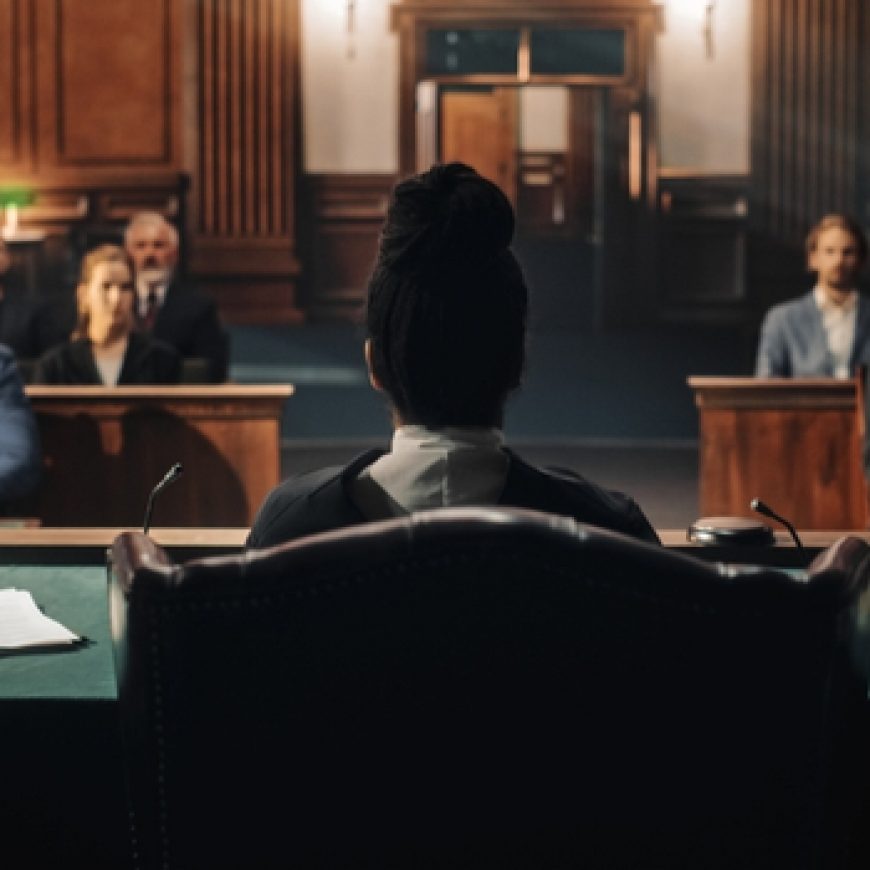Two components that play a pivotal role in courtroom battles are ‘direct examination’ and ‘cross examination.’ These terms can seem like a jumble of legal jargon, so in this guide, we will shed light on the differences between these techniques and their significance in legal proceedings.
Comparing Direct vs. Cross Examination
Direct and cross examination are two distinct phases of presenting and challenging evidence in legal proceedings. While direct examination focuses on building a case and introducing evidence through witnesses, cross examination challenges the credibility and narrative given during direct examination.
Direct Examination: Building Your Case
Essentially, direct examination is the first opportunity for an attorney to question a witness during a trial or deposition. Its primary purpose is to elicit testimony that supports the presenting attorney’s case. Here are some essential aspects of direct examination:
Open-Ended Questions
Attorneys typically begin with open-ended questions that allow the witness to provide a narrative response. This approach helps lay the foundation for the witness’s testimony.
Establishing Credibility
The attorney aims to establish the witness’s credibility and expertise, making them a more persuasive source of information in the eyes of the judge or jury.
Presenting Evidence
Through the witness’s testimony, attorneys introduce evidence, facts, and information that support their client’s position or claims.
Relevance
Questions asked during direct examination must be relevant to the case and should not stray into prohibited areas.
Non-Leading Questions
Attorneys are generally required to use non-leading questions during direct examination. These questions do not suggest the answer and allow the witness to respond freely.
Direct Examination Tips
- Prepare Thoroughly. Know your witness’s testimony inside and out. Anticipate potential questions and objections, and be ready with well-crafted questions.
- Use Open-Ended Questions. Start with open-ended questions that allow the witness to provide a narrative response. This helps to build a coherent and persuasive narrative.
- Listen Actively. Pay close attention to the witness’s answers. Their responses may offer opportunities for follow-up questions or clarification.
- Stay Calm and Professional. Maintain a calm and professional demeanor throughout direct examination. This sets a positive tone for the proceedings.
- Organize Your Questions. Structure your questions logically, leading the witness through the story or information you want to present.
Cross Examination: Challenging the Narrative
Cross examination occurs after direct examination and is conducted by opposing counsel. Its primary purpose is to challenge the witness’s credibility, poke holes in their testimony, and present a different perspective to the judge or jury. Here are key aspects of cross-examination:
Leading Questions
Unlike direct examination, leading questions are commonly used during cross-examination. These questions suggest the answer, making it easier for the attorney to control the direction of the testimony.
Impeachment
Attorneys may attempt to impeach the witness’s credibility by revealing inconsistencies, biases, or ulterior motives in their testimony.
Highlighting Contradictions
Cross examination is a tool to uncover contradictions between the witness’s testimony and the evidence presented or statements made during direct examination.
Testing Witness Knowledge
Attorneys use cross examination to test the depth of the witness’s knowledge and memory, potentially revealing weaknesses in their testimony.
Challenging the Narrative
Attorneys seek to challenge the narrative presented during direct examination and create doubt in the minds of the judge or jury.
Cross Examination Tips
- Know Your Goals. Define clear objectives for cross examination. Are you impeaching the witness’s credibility, highlighting inconsistencies, or testing their knowledge?
- Use Leading Questions. Utilize leading questions that suggest the answer you want. This allows you to control the direction of the testimony.
- Avoid Open-Ended Questions. Unlike direct examination, avoid open-ended questions during cross examination, as they can allow the witness to explain or elaborate.
- Stay Focused. Stick to your defined objectives and avoid going off-topic. Cross examination is not the time to introduce new evidence or arguments.
- Maintain Control. Keep a firm grip on the pace and direction of the examination. Be prepared to object to any inappropriate or unresponsive answers from the witness.
Direct and cross examinations are art forms that require practice, preparation, and a keen understanding of legal strategies. These tips can help attorneys navigate these critical phases of the trial effectively.
Contact the Law Offices of Seth Kretzer for Legal Help
If you require legal assistance or have questions about effective examination techniques, don’t hesitate to reach out to the Law Offices of Seth Kretzer. Our experienced team is here to provide guidance and support for your legal needs. Remember — when it comes to legal matters, having an experienced nationwide criminal defense lawyer by your side can make all the difference for your case.




